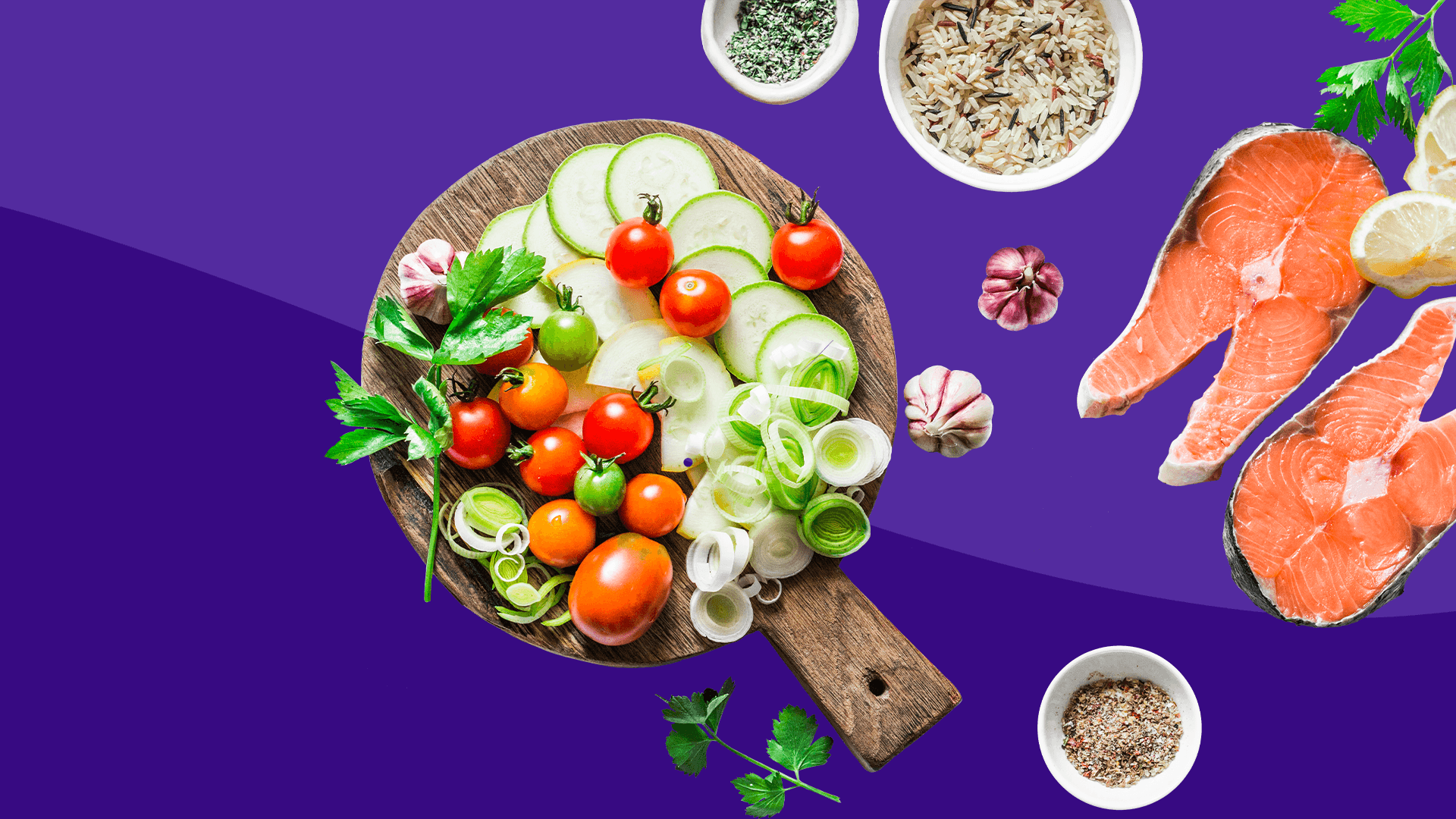From Paddy To Brown To White: The Rice Milling Story
“Within this thin wafer of bread is caught up symbolically the labor of plow and of sowing, of harvest and threshing, of milling, of packing, of transportation, of financing, of selling and packaging. Man’s industrial life is all there.” – Wilford O. Cross
I guess most of us have heard of rice milling; though, not many of us know what does the term mean. To understand it we need to have sufficient understanding of the structure of a rice grain. Rice grains have a tough outer layer, known as husk. The husk cannot be digested by humans. Bran too, is hard outer layers of rice grains. It is nutritious and rich in antioxidants. Milling removes the husk and the bran to produce white rice. (Brown rice contains bran.) The aim of the process is to produce white rice that is free of impurities and has as few broken grains as possible. The quality of white rice obtained at the end of the milling process depends on the quality of the paddy crop, rice mill machinery, and the skills of the mill operator.
Rice milling is an important stage in the post-production of rice. The timing of the process can vary. In most cases, milling is done before the storing. In some cases however, rice is stored as paddy/ brown rice, and milled right before consumption. Milling may be a single-step, two step or multi-step process. As the term suggests, the husk and bran are removed in a single-step in the one step/ single-step process. In the two step process, the husk and the bran are removed separately, in two steps. In a multi-step process, the grain goes through multiple operations in order to become white.
Modern-day sophisticated rice mill machinery removes the impurities & foreign bodies in the paddy to start with – dirt, straw and stones to start with. The husk is removed the next. A portion of the grains still have the husks on, post the husking process. These are sent back for husking. Finally, the brown rice obtained is passed through the machine(s), so that its bran is removed, and white rice is obtained. There is more than one method to do this. Any broken kernels of rice are then discarded. Selling whole white grains with broken kernels means a compromise in quality. High-quality rice should contain as few broken kernels as possible.
So the next time you rip open a pack of white rice, you know a lot of hard work has gone into it – from the farmer growing the crop, to an extensive milling process… appreciate it!





